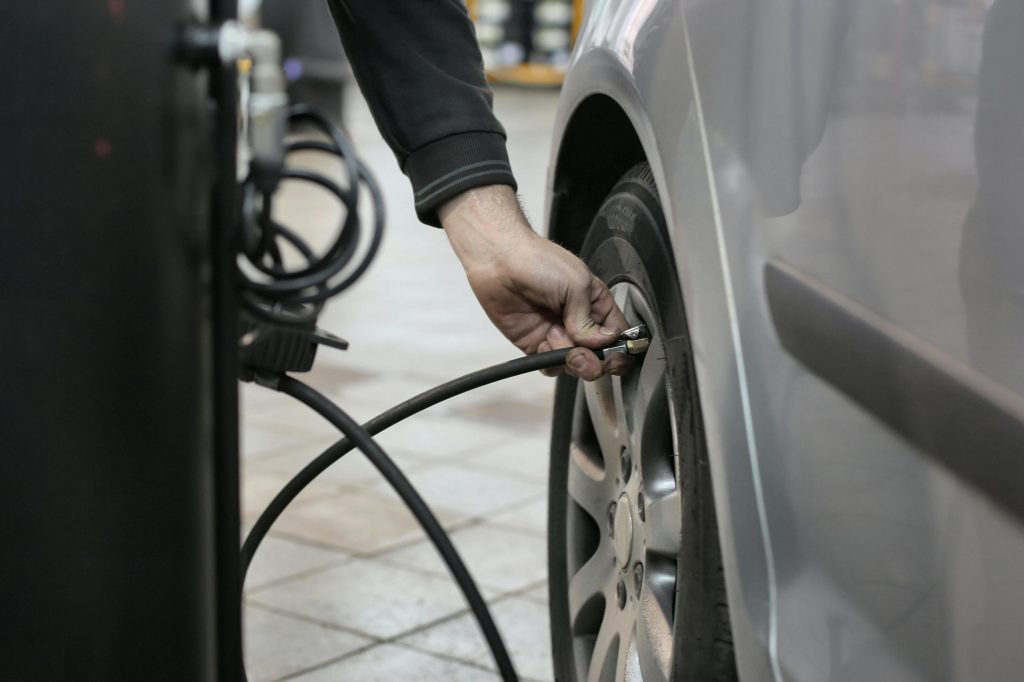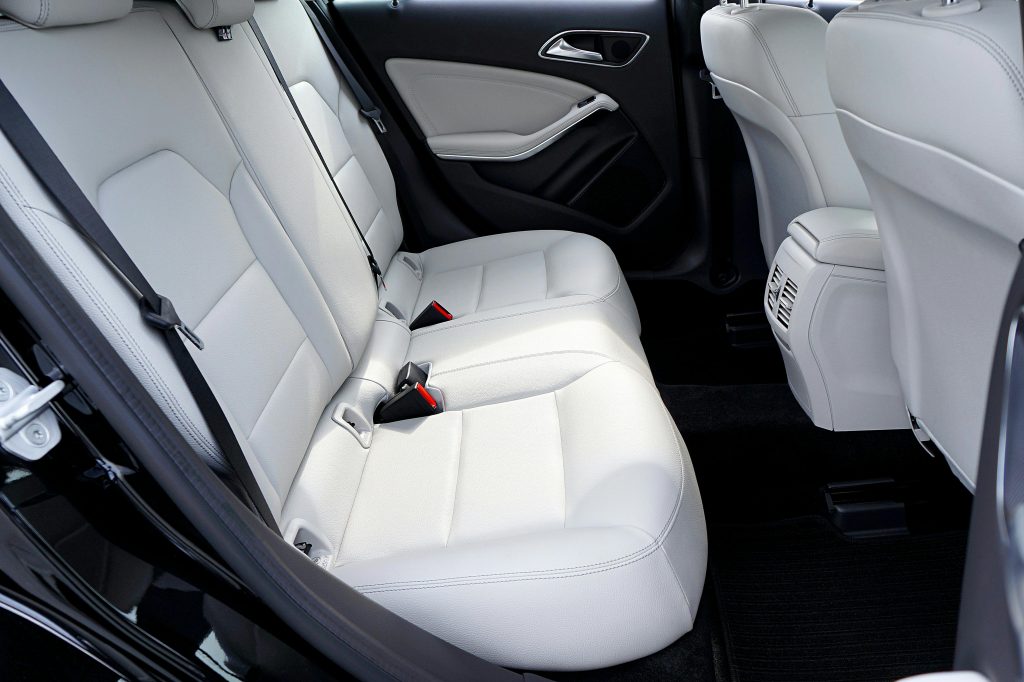- Before a road trip, check vital fluids like oil, coolant, and brake fluid for optimal levels and conditions.
- Inspect tires for proper pressure and tread depth to ensure safe driving conditions.
- Maintain brakes by checking pads, rotors, and fluid levels for optimal performance.
- Ensure the electrical system is functioning correctly, including lights and battery health.
- Inspect the exterior and interior for any issues, including windshield damage and comfort features.
Embarking on a road trip can be an exhilarating experience filled with adventure and unforgettable memories. However, ensuring your vehicle is in top condition before hitting the road is crucial for a safe and enjoyable journey. To help you prepare, here’s a comprehensive car inspection checklist to follow before setting off on your next road trip. From checking essential fluids to examining tire tread, this guide will ensure your vehicle is ready to handle the miles ahead.
1. Fluid Levels and Condition
Before you start your road trip, it’s essential to inspect your vehicle’s fluid levels and their condition. Neglecting this aspect could lead to potential breakdowns or damage to critical engine components.
Engine Oil and Filter
Begin by checking the engine oil level using the dipstick. Ensure it falls within the recommended range and appears clean. It may be time for an oil change if the oil is dark or gritty. Don’t forget to inspect the oil filter and replace it if necessary.
Coolant/Antifreeze
Check the coolant level in the reservoir and ensure it’s at the appropriate level. Inspect for any signs of leakage or contamination, as low coolant levels can lead to overheating, especially during long drives.
Brake Fluid
Inspect the brake fluid reservoir and ensure the level is adequate. Low fluid levels can affect braking performance, posing a safety hazard. If the fluid appears dark or discolored, it may indicate the need for a flush and refill.
2. Tire Inspection and Maintenance

Your vehicle’s tires are its only contact with the road, making tire inspection and maintenance crucial for a safe journey.
Tire Pressure
Check the tire pressure using a reliable gauge and inflate them to the manufacturer’s recommended PSI. Underinflated tires can reduce fuel efficiency and increase the risk of blowouts, while overinflated tires can lead to poor traction and uneven wear.
Tread Depth
Inspect the tread depth of each tire using a tread depth gauge or the penny test. Adequate tread depth is essential for proper traction, especially in wet or slippery conditions. If the tread depth is below the recommended minimum, consider replacing the tires before embarking on your road trip.
3. Brakes and Brake System
Brake performance is critical for your safety on the road, especially during long drives where you’ll encounter various driving conditions.
Brake Pads and Rotors
Check the brake pads and rotors for signs of wear and tear. Squealing or grinding noises when braking could indicate worn brake pads that need replacement. Additionally, uneven brake rotor wear may require resurfacing or replacement to ensure smooth braking performance.
Brake Fluid and Lines
In addition to checking the brake fluid level, inspect the brake lines and hoses for any signs of leaks, cracks, or damage. Any abnormalities should be addressed promptly to prevent brake failure while on the road.
4. Electrical System Check
A reliable electrical system is essential for powering various components in your vehicle, from lights to the entertainment system.
Battery Health
Inspect the battery terminals for corrosion and ensure they are tightly secured. Consider testing the battery’s voltage and capacity to ensure it’s in good condition, especially if it’s nearing the end of its lifespan.
Lights and Signals
Check all exterior lights, including headlights, brake lights, taillights, and turn signals, to ensure they are functioning correctly. Replace all burnt-out bulbs and ensure the lenses are clean for optimal visibility on the road.
5. Exterior and Interior Inspection

A thorough inspection of both the exterior and interior of your vehicle can reveal any potential issues that need addressing before your road trip.
Windshield and Wipers
Inspect the windshield for any chips, cracks, or damage impairing visibility. Address any issues promptly and contact professional auto glass repair to prevent them from worsening during your journey. Ensure the windshield wipers are in good condition and replace them if they are worn or leaving streaks.
Interior Comfort and Convenience Features
Check the air conditioning and heating systems to ensure they are functioning correctly, especially if you’ll be traveling in extreme weather conditions. Additionally, other comfort and convenience features, such as seatbelts, mirrors, and the stereo system, must be inspected to ensure they are in good working order.
Before embarking on a road trip, it’s crucial to perform a thorough inspection of your vehicle to ensure it’s in optimal condition for the journey ahead. From checking fluid levels to examining tire tread and inspecting the brakes, following a comprehensive car inspection checklist can help prevent breakdowns and ensure a safe and enjoyable road trip experience. Remember, addressing any issues before hitting the road can save you time, money, and potential headaches along the way. So, before you pack your bags and set off on your next adventure, take the time to give your vehicle the attention it deserves. Safe travels!